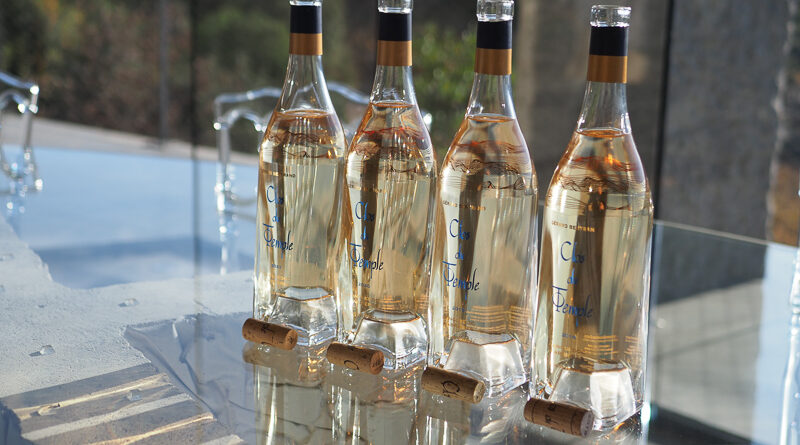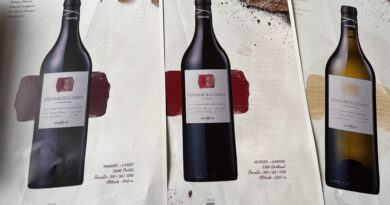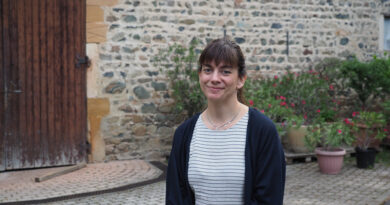Clos du Temple, Gérard Bertrand’s ambitious rosé project in Cabrières, Languedoc
Website: https://en.gerard-bertrand.com/collections/clos-du-temple
Back in 2016 Gerard Bertrand purchased a beautiful estate in the rolling hills of the Haut Cabrières, and from the 12 best hectares of vines on the property, decided to focus on making the best rosé possible. Soils here are a mix of friable schist (ecailles de Cabrières) and also some limestone from the surrounding hills, and farming is biodynamic.
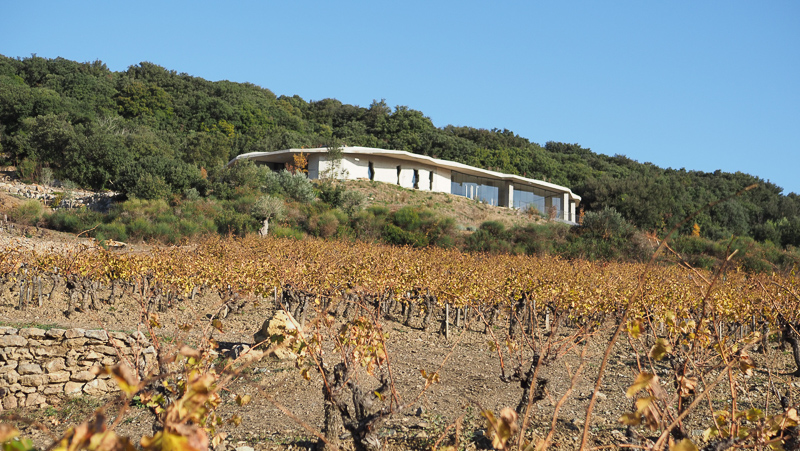

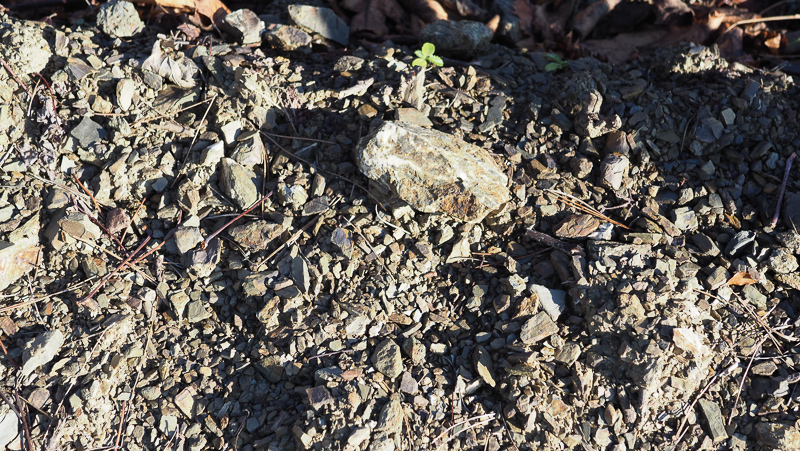
Cabrières is an old wine region, and the rosés from here were popular with French royalty in the past: the blue and gold colour scheme is a homage to Louis XIV, while the logo and the pyramids in the winery speak of the Egyptians and their winemaking 5000 years ago.
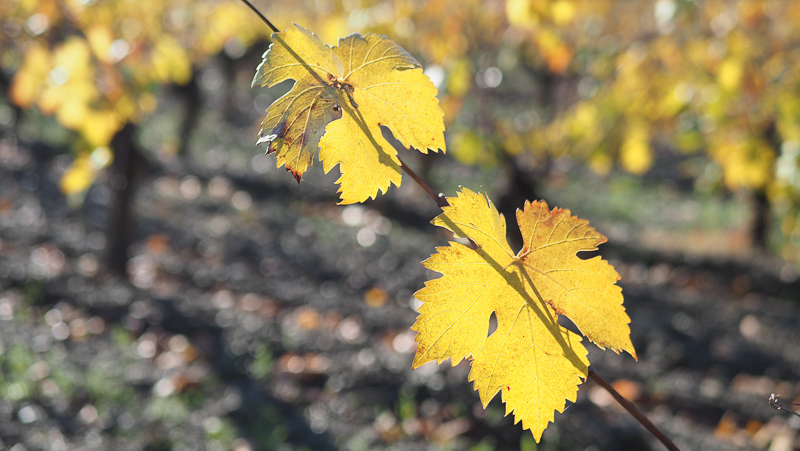
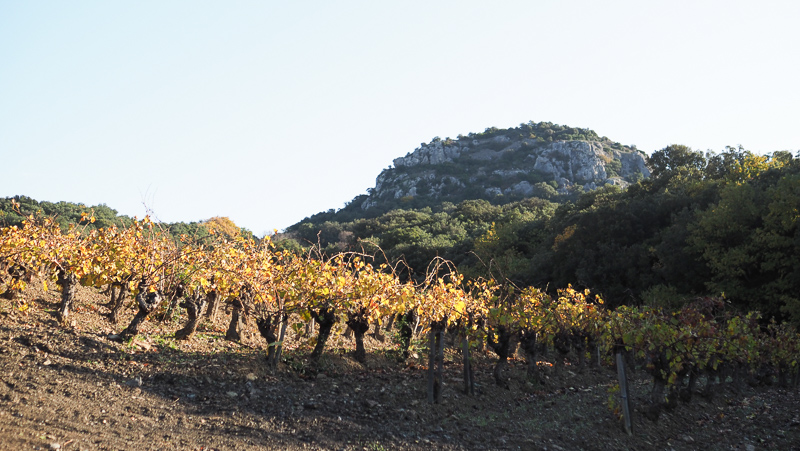

After two years of experiments, the first vintage released was 2018. Cinsault and Grenache form the basis of the wine, along with Syrah and Mourvèdre, as well as a touch of Viognier. A new cellar was built for the 2021 vintage, designed by Gerard working with Montpellier architect François Fontès, and it’s quite remarkable. With a living roof, it is built into the side of the hill, and the fermenters are enclosed in pyramids of different sizes, reflecting the various plot sizes.

With group technical director Guillaume Barraud and Clos du Temple winemaker Benjamin Gadois, we tasted through the four vintages released so far. This is the world’s most expensive rosé, but it’s not just a gimmick: this is a serious, ageworthy wine with real texture and depth. The 2021 is my favourite, just, but Benjamin is very excited by the as-yet unblended 2022.


Winemaking is fairly straightforward. The grapes are picked into small crates of 10 kg and then chilled overnight in a cold room, before pressing whole bunch. There’s no deliberate skin contact here, and the juice begins fermentation in stainless steel. After this, the wine goes to barrel: larger (500 litre) ones for the Cinsault and Grenache Noir, and small ones for the others. They are mounted on the oxoline system, with wheels so the barrels can be turned to stir the lees without introducing oxygen. Sulfites are added at grape reception, after fermentation (they block malolactic to keep freshness) and then before bottling, but relatively low levels are used.
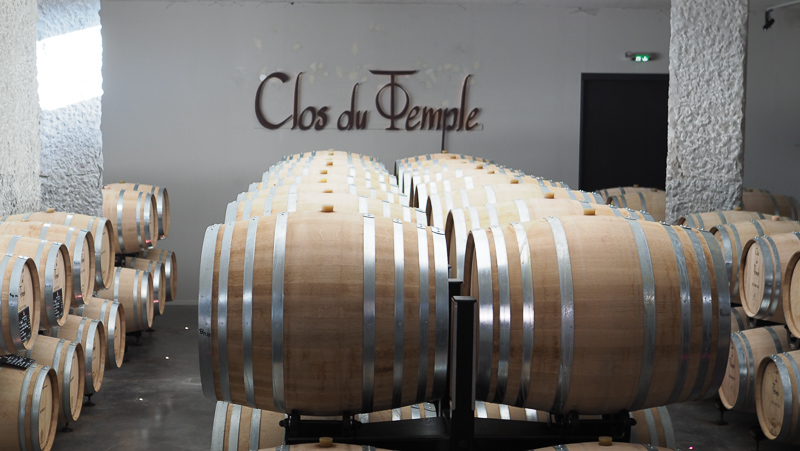
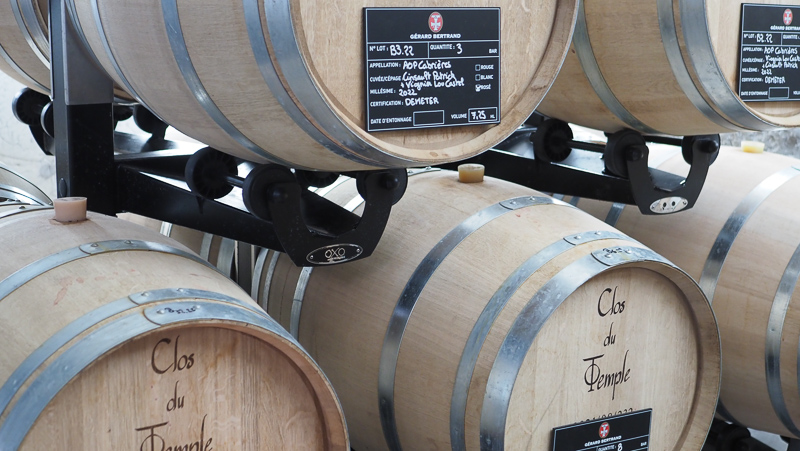
The wine goes to barrel about half way through fermentation, rather than being fully barrel fermented. Guillaume explains that the key phase they want to do in temperature-controlled stainless steel is the multiplication phase, because this is the riskiest bit of fermentation, and it also produces the most heat. Once this has completed they can finish off in barrel.
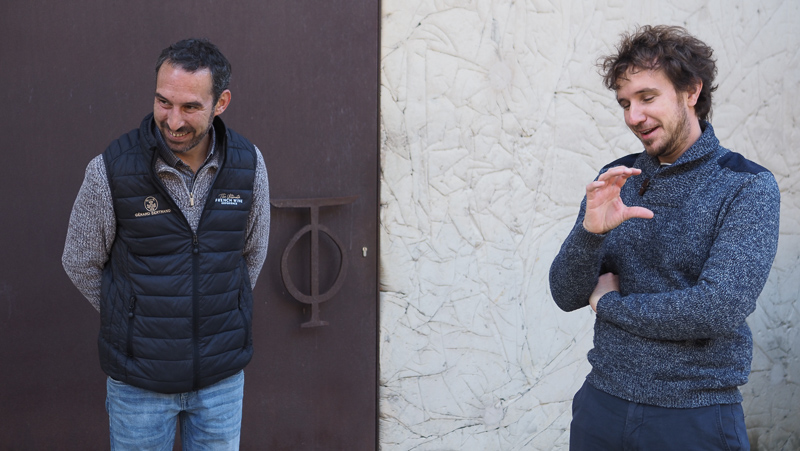
Four vintages have been released to date, and they are consistent in style with a relatively pale colour. ‘The main thing is the minerality and verticality,’ says Benjamin, ‘which you can find in each vintage.’ It took me a while to understand Clos du Temple, after tasting the debut release a few years ago. But now I think I get it: this is a serious, ageworthy wine.

THE WINES
Gérard Bertrand Clos du Temple Rosé 2018 Languedoc Cabrières, France
This was a ‘tropical’ year, with a wet humid spring that caused the vines to grow fast. Powerful and intense with lovely bold pear and peach fruit, and a savoury, spicy texture. There’s some mineral character under the fruit. Very finely spiced with nice texture as well as freshness. Combines power, richness and precision with some warm spiciness on the finish. At four years old this is beginning to develop nicely with some spice and apricot character. ‘I really feel the schist notes,’ says Guillaume. ‘For me it is very successful: the balance is good in this vintage.’ 94/100
Gérard Bertrand Clos du Temple Rosé 2019 Languedoc Cabrières, France
This was the year of the heatwave, with two days over 45 C. Highly aromatic with spicy, woody hints and some rich pineapple, apricot and peach notes, as well as a touch of fresh cherry. The palate is fresh and expressive with nice acidity and a lovely mineral finely spiced core. It’s fruity and shows power and depth, with potential for development, and finishing with some salinity. 95/100
Gérard Bertrand Clos du Temple Rosé 2020 Languedoc Cabrières, France
‘I said this would be a reference when I made this vintage,’ says Benjamin. There was a humid spring, and rainfall for the year was 600-700 mm, as opposed to the more normal 400-500 mm. This has some wood spice and fennel on the nose, with pear and apricot fruit. The palate is complex and spicy, and has lovely mandarin and apricot notes, with a hint of cherry. Concentrated and finely spiced with lots of energy allied to richness. Shows real complexity and potential for development. 95/100
Gérard Bertrand Clos du Temple Rosé 2021 Languedoc Cabrières, France
This was generally a tricky region in many parts of the region because of the spring frost, but the Clos du Temple vineyards came through relatively unscathed with just some lower plots getting singed. This is fresh and supple with mandarin, grapefruit, some spice and fennel. Lovely acidity here with a sense of energy, showing a nice hint of reduction and some mineral character. It’s like a serious, rich white wine in character. 96/100
Find these wines with wine-searcher.com
Video of the visit:

